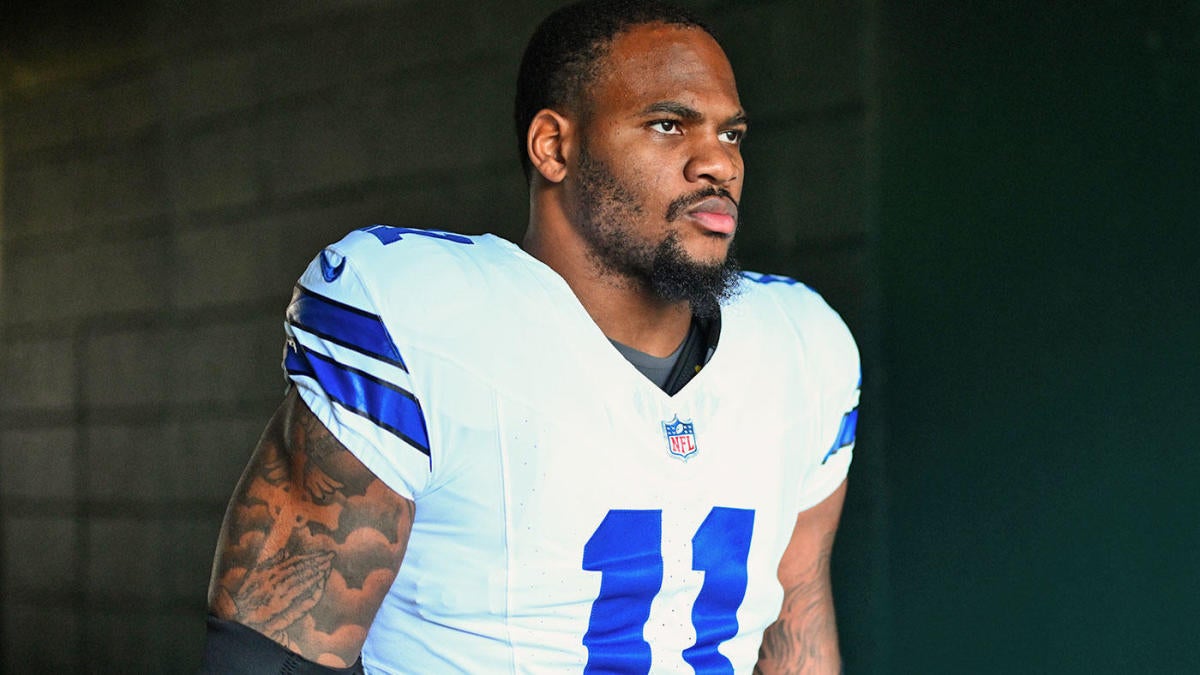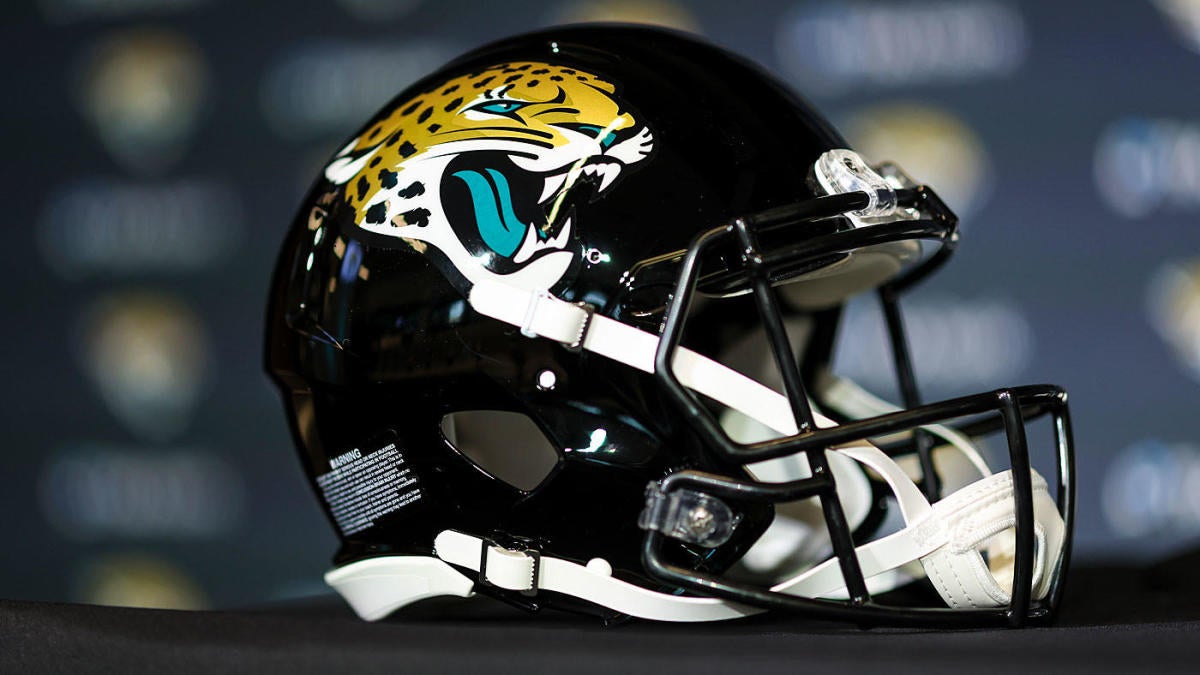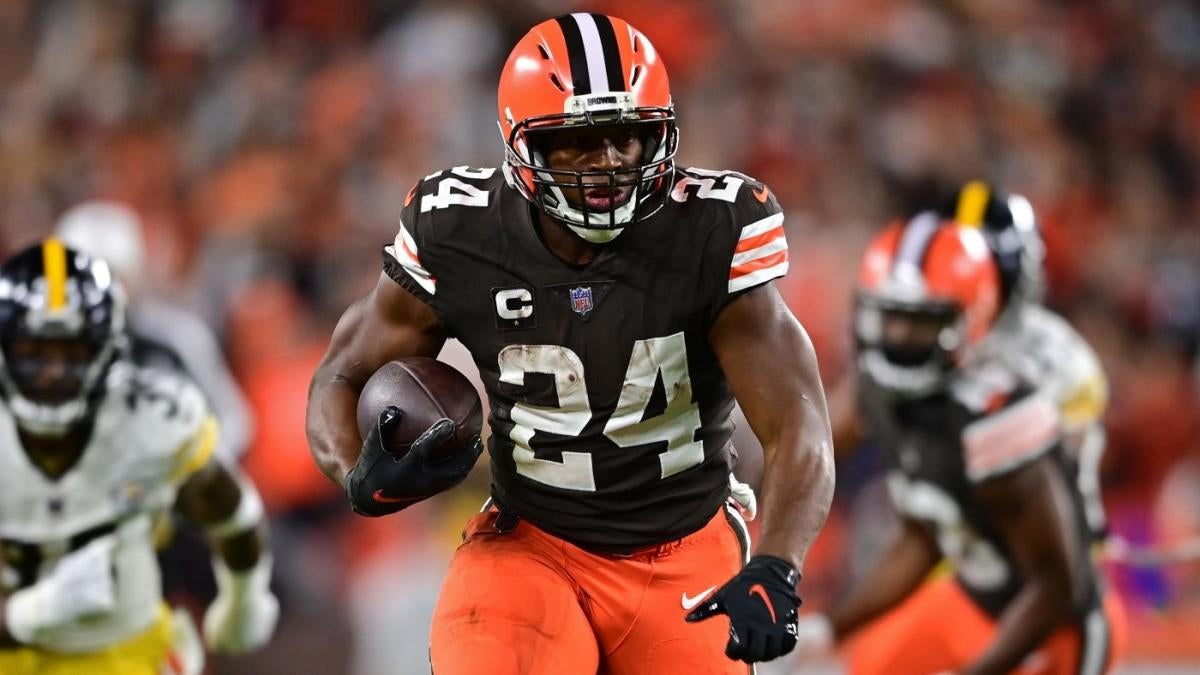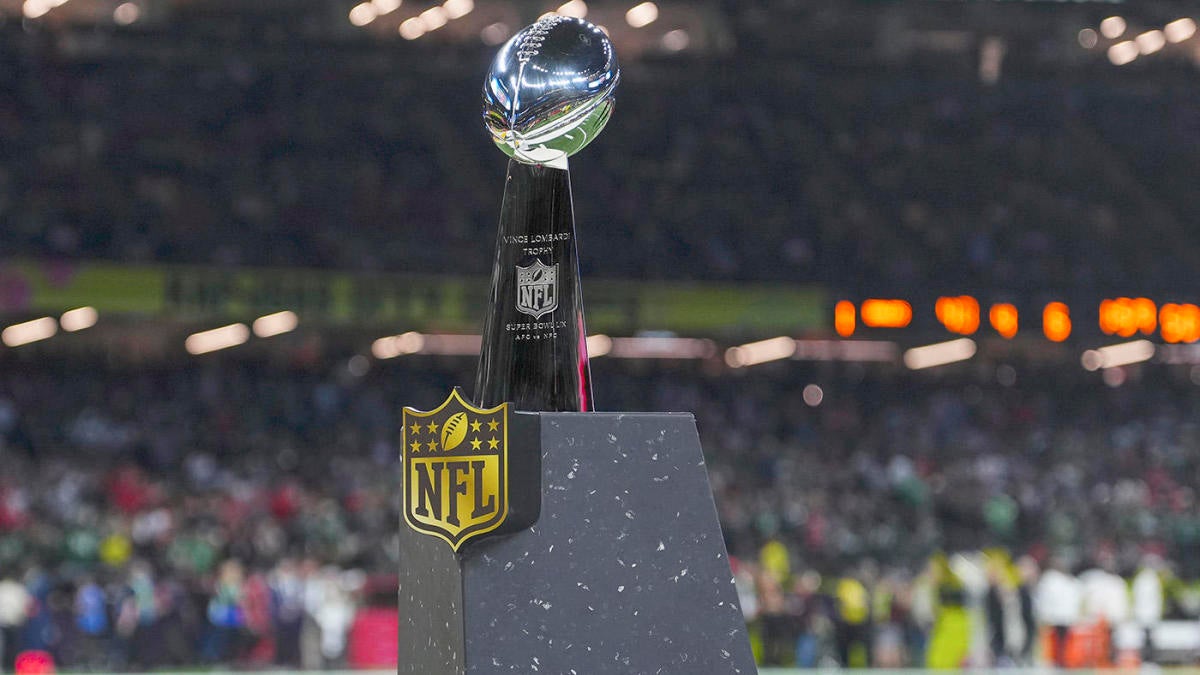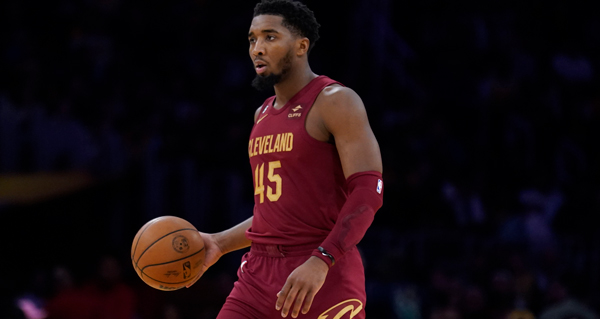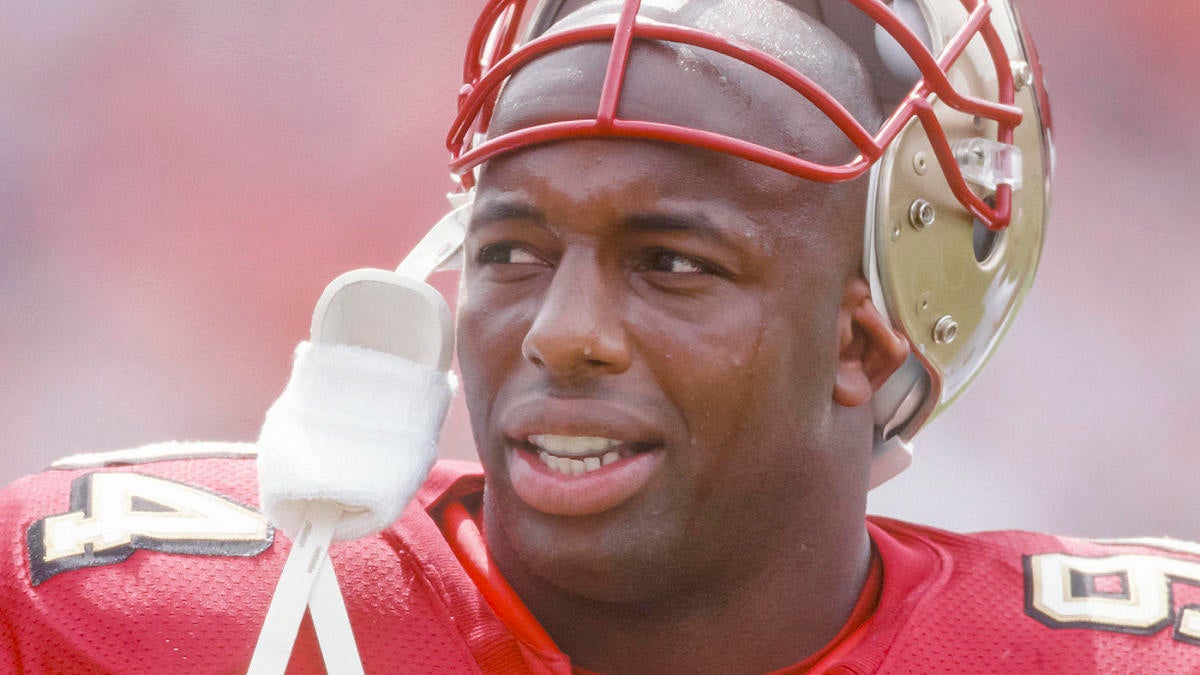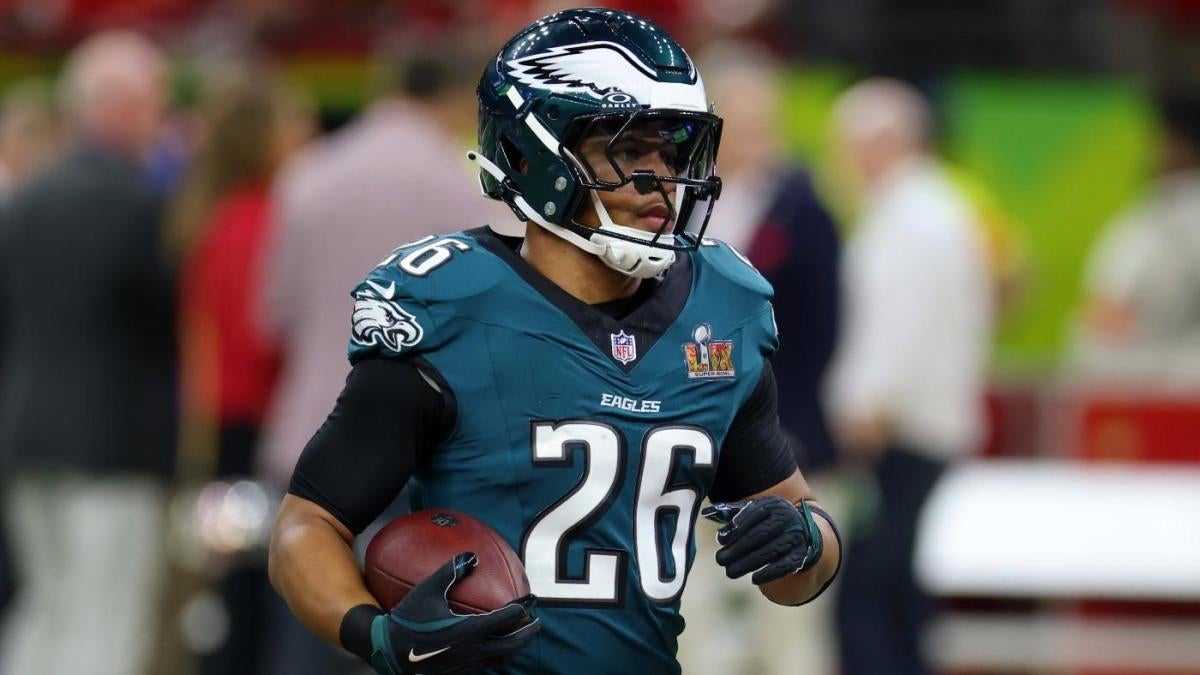
Betting on basketball can be unpredictable. However, using statistics wisely when betting on basketball can majorly increase your chances of making profitable bets. Although no strategy guarantees success, an analytics approach can help make informed decisions instead of depending on just luck to hit the jackpot.
For this reason, you’ll find the major statistics to consider, how to analyze them, and tips for making smart bets based on these data. Dig in!
Basketball Betting Markets
There are various betting markets for basketball. So, you must understand them to avoid wasting your wagers. Before proceeding into stats, let’s look at some of these different rules of begs that you can place as a basketball fan. They are;
- Point Spread entails bets on the margin of winning or loss.
- Moneyline is betting on which team will win outright.
- Team Props is wagering on specific team stats like total three-pointers made of total rebounds.
- Over/Under (Totals) entails betting on whether the total points scored by both teams will be over or under a preset number.
- Futures are bets on long-term results like which team will win the championship.
- Player Props entail wagering on individual player performances like total points, assists, rebounds, etc.
Each of these bets requires a different statistical approach. This is because they differ in form and task. So, we will be checking this out subsequently.
Major Basketball Statistics for Smart Betting
Understanding basketball statistics gives an edge when it comes to placing bets. Being aware of these fundamental elements will help make informed bets. The following are some of them.
Team Performance Metrics
We have the offensive ratings (ORTG) and the defensive ratings (DRTG). Offensive rating refers to points scored per 200 possessions. Therefore, a high ORTG indicates an efficient offense. On the other hand, defensive rating refers to points permitted per 100 possessions. A low DRTG means a strong defence. Hence, if a high ORTG ten is facing a weak defence (high DRTG), an
Overbet on total points may be valuable. In contrast, an Under bet might be smart if a strong defence faces a weak offense.
Pace (Possession Per Game) is another factor to consider here. Faster-paced teams take more shots and permit more scoring opportunities. Alternatively, slower-paced teams have fewer possessions, which leads to lower-scoring games. So, if two fast-paced teams are playing, consider betting Over in total points. However, if two slow-paced teams compete, betting Under might be wiser.
Furthermore, the Effective Field Goal Percentage (eFG%) adjusts the traditional field goal percentage by accounting for the extra value of three-pointers. The formula to get this percentage equals: eFG% = (FGM {Field Goals Made} + 0.5 * 3 PM {Three-Point Field Goals Made}) / FGA {Field Goals Attempted}. Therefore, if a team has a high eFG% and faces a weak defence, it will likely score efficiently. This may indicate a Moneyline or Over Bet.
So, assess a team’s points scored and allowed 100 possessions to predict their efficiency. For example, the Oklahoma City Thunder lead the league with a net rating of 12.9, indicating strong performance on both ends of the court.
Player-Centered Statistics
The usage rate percentage (USG%) measures how much of a team’s offense runs through a particular player. The formula for calculating this is: (FGA {Field Goals Attempted} + FTA {Free Throws Attempted} * TOV {Turnovers}) / Team Possessions. For instance, when a star player like the 9x NBA All-Star Giannis Antetokounmpo is out because of injury, it might significantly impact Milwaukee Bucks performance. Therefore, affecting wagers on spreads or point totals.
In addition, the Player Efficiency Rating (PER) is another factor to consider. This refers to a single number that summarizes a player’s overall stats contributions. If you intend to beg on player props, check the PER to determine if a player will likely exceed or underperform during the match.
The Rebound and Assist Percentages are other factors to consider. Total Rebound Percentage (TRB%) refers to the ratio of available rebounds that a player or team secures. Conversely, the Assist Percentage (AST%) is the ratio of teammate field goals a player assists on. Shai Gilgeous-Alexander, for instance, leads the league with 32.7 points per game, making him a major factor in Oklahoma City Thunder’s games.
Home vs. Away Performances
Some teams perform very well at home because of crowd support, shooting familiarity, and travel fatigue aiming at the opponent. So, check out the home and away splits before proceeding to bet. If a team has a major home/road split, adjust your wagers accordingly. For instance, the Oklahoma City Thunder has a strong home record of 24-3, which is significant when considering bets involving home-court advantage.
Betting Trends & Situational Stats
Against the Spread (ATS) records show how frequently a team covers the spread. A team with a strong ATS record indicates outperformance of expectations. Fatigue is a major factor that can affect performance, especially for older teams. So, note that teams in back-to-back games usually have lower scoring efficiency. In this case, betting against tired teams or taking Unders in back-to-back scenarios can be quite profitable. For example, the Memphis Grizzlies have a strong ATS record of 34-18, making them a reliable choice in spread betting.
Utilizing Statistics to Discover Value Wagers
Always compare your statistical analysis with betting lines. So, if your number suggests a total points bet should be 220, but sportsbooks set the Over/Under at 215, you may have found a value bet. Besides, a team’s season-long stats may not reflect recent performance. Hence, if a team is on a hot streak, their defensive and offensive efficiency may be temporarily better, if worse than their season average.
You should consider injuries and rotations as well when making a decision. Once a key player is out, study the team’s performance without them. A missing star scorer may result in lower team totals, while a missing defender could lead to more opponent points. Ultimately, stick to the statistical analysis and avoid rookie mistakes like ignoring matchups, chasing losses, overvaluing raw statistics, and betting based on emotions. You must have your head straight on if you wish to hit the jackpot.
More Than Just Looking at Basic Numbers
Using statistics for basketball betting requires a lot of concentration and consideration. By analyzing all the above factors, you can make smarter and data-driven bets that result in less loss. The key is to find value in betting lines by recognizing where sportsbooks may have set odds too high or too low. Also, you need to stay focused and continuously refine your approach based on data. With all these, you can maximize your chances of long-term success in basketball betting.
Go to Source
Author: Team Dunkest
February 10, 2025 | 1:15 pm

